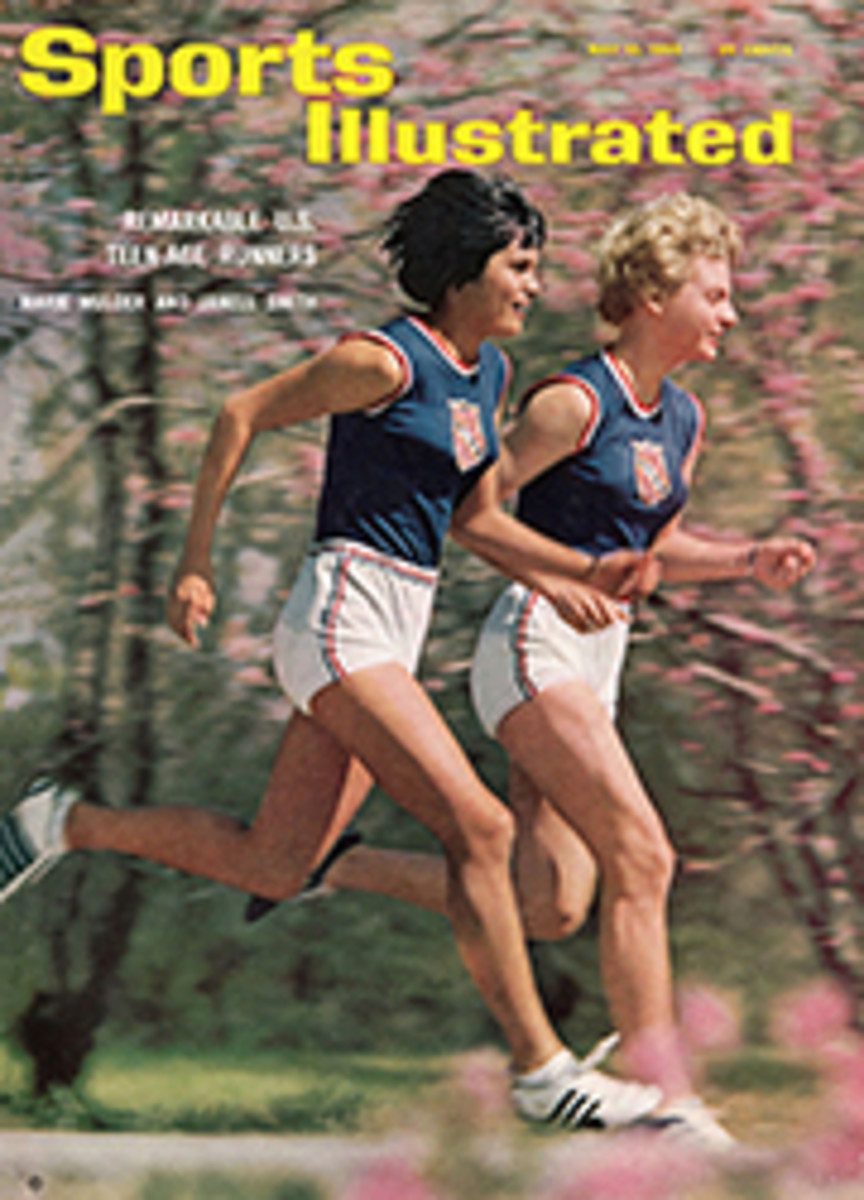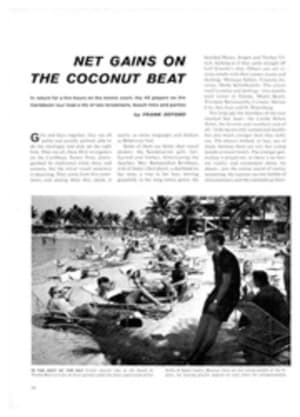
A Little Game That Turned TV Loose on Sports
A little over a quarter of a century ago, on Wednesday, May 17, 1939, one of the least-noticed sports events of its time turned out to be a milestone in sports history. Some might argue that what it foreshadowed was more like a millstone. That day the second game of a baseball doubleheader between Princeton and Columbia at Columbia's Baker Field became the first sports event to be publicly televised.
Neither sports nor television has ever recovered. Within a year a dozen other types of contests had made their debut on the little screen. Within 10 years sports events were the backbone of television programming. Within 20 years any major sports promotion without some fundamental involvement with television income was unthinkable.
And yet at the time it seemed only a casual stunt, like television itself. About two weeks before, the first real telecast in the U.S. had taken place. President Franklin D. Roosevelt attended the opening of the New York World's Fair ("Building the World of Tomorrow"), and the National Broadcasting Company carried the ceremonies over its experimental station W2XBS. That program cost nearly $100,000 to produce.
There were fewer than 400 television sets in the New York area capable of picking up such a program. They had five-, nine-and 12-inch reflecting screens, and the cheapest set cost about $600. A few wealthy individuals perhaps had home sets, but most of those in existence were in the possession of people with some related professional interest—advertising agency executives, engineers and broadcasting industry personnel.
In those days a Columbia-Princeton game still had a certain amount of prestige, at least as far as newspapers were concerned. They were playing in the Eastern Intercollegiate League, and although the term Ivy League was just coming into use, the social status it implied was well understood.
Only a few dozen spectators showed up at Baker Field for the doubleheader with Princeton, even though it was a bright, sunny Wednesday right at the end of the semester. They found a better show than they expected. To the left of home plate, just 19 feet from the plate and back from the third-base line, a 12-foot-high platform had been erected. On the wooden platform 16 busy men, two card tables and a strange rectangular box on a tripod were crowded together.
The box was an iconoscope camera of primitive design. Cables ran from the camera and other equipment to a large vanlike truck parked nearby, a truck that is a commonplace sight today but seemed surrealistic then. From the truck wires were strung to the top of a flagpole, where a mysterious set of rods constituted the antenna. From the antenna the picture was to be transmitted to receiving equipment on the 85th floor of the Empire State Building, about nine miles away as the microwave flies. From there it would be retransmitted to whatever sets could receive it.
All through the first game, which Princeton won 8-6, the spectators and many of the players paid more attention to the setting up of this futuristic equipment than to the action on the field. Between games the program started in appallingly prophetic fashion: pregame interviews on camera of Andy Coakley, the Columbia coach, and Bill Clarke, the Princeton coach. Bill Stern was the commentator.
When it came time to start the second game, the director, Burke Crotty, actually had to wave the players to their positions so that they would be on the field when the camera panned the playing area for the first time.
That, however, was about all the camera could do. Once the game began, little could be seen but the pitcher or the batter, and only one at a time, because the camera couldn't focus on both. Its range could take in about 50 feet of playing area. None of the actual fielding plays could be shown.
"We were dunces, but in that one game we learned a complete lesson on how not to televise a sports event," says Bill Stern today. "For one thing, we learned that you cannot televise a baseball game with one camera—we couldn't follow the flight of the ball and, of course, there was no such thing as a close-up of the batter's box.
"We pleaded with the umps to be more emphatic with their calls and we actually prayed that all the batters would strike out, because that was the one thing the camera could record. Also, I was talking radio and made the classic mistake of describing action that viewers couldn't see on their screens." Stern, of course, was working without a monitor, looking at the actual scene with no accurate way of knowing what portion of it was being included on the telecast.
At Radio City, in the NBC studios, 10 men sat in a darkened room and watched the action on their 7½-by-10-inch screen. They were NBC executives and a few newspapermen. The reactions were wildly irrelevant: "Where are the peanuts, the pop, the scorecards, the hot dogs and the mustard pot?" one reporter wrote. "You're still better off paying your coin for a bleacher seat because at the park you run a 100-to-1 chance of getting a new baseball in your lap," wrote another.
One critic, missing the frame of mind of his future countrymen by the widest margin, declared: "Televiewers become impatient and restless because they know from the telltale brilliancy of the screen that 'Somewhere in this favored land the sun is shining bright.' "
The game Columbia and Princeton played that day was scheduled to be a seven-inning game, as all EIL double-headers were at the time. By losing the first game Columbia faced the necessity of winning the second to stay alive in the pennant race. Hector Dowd, a junior, pitched for Columbia against Dan Carmichael. They battled right through seven innings, with the score 1-1, through the eighth and the ninth. In the 10th Carmichael himself singled and eventually came around with the run that meant a 2-1 victory.
The whole game, extra innings and all, consumed two hours and 19 minutes of air time (ah, happy days!) and cost NBC about $3,000.

